Before we reveal the 15 most dangerous mountains in the world to climb, let us all agree that hiking any mountain or hill involves some risks in one way or the other. It is just that some mountains pose greater risks than others and if any of the mountains listed below are on your bucket list, then it would be a great time to prepare well and take serious precautions. Also, you should check if the rewards outweigh the risks before you get on that hike. To come up with this list of the world’s 15 most dangerous mountains, we have taken into consideration some critical factors like mortality rates, terrain conditions, harsh weather conditions, accessibility and technical demands for their climbs as mountaineering is not just a sport; it’s a battle between human endurance and the might of nature. Scaling the world’s highest peaks demands both skill and bravery, but for some mountains, the risk far outweighs the reward.
1. Annapurna (Nepal) –
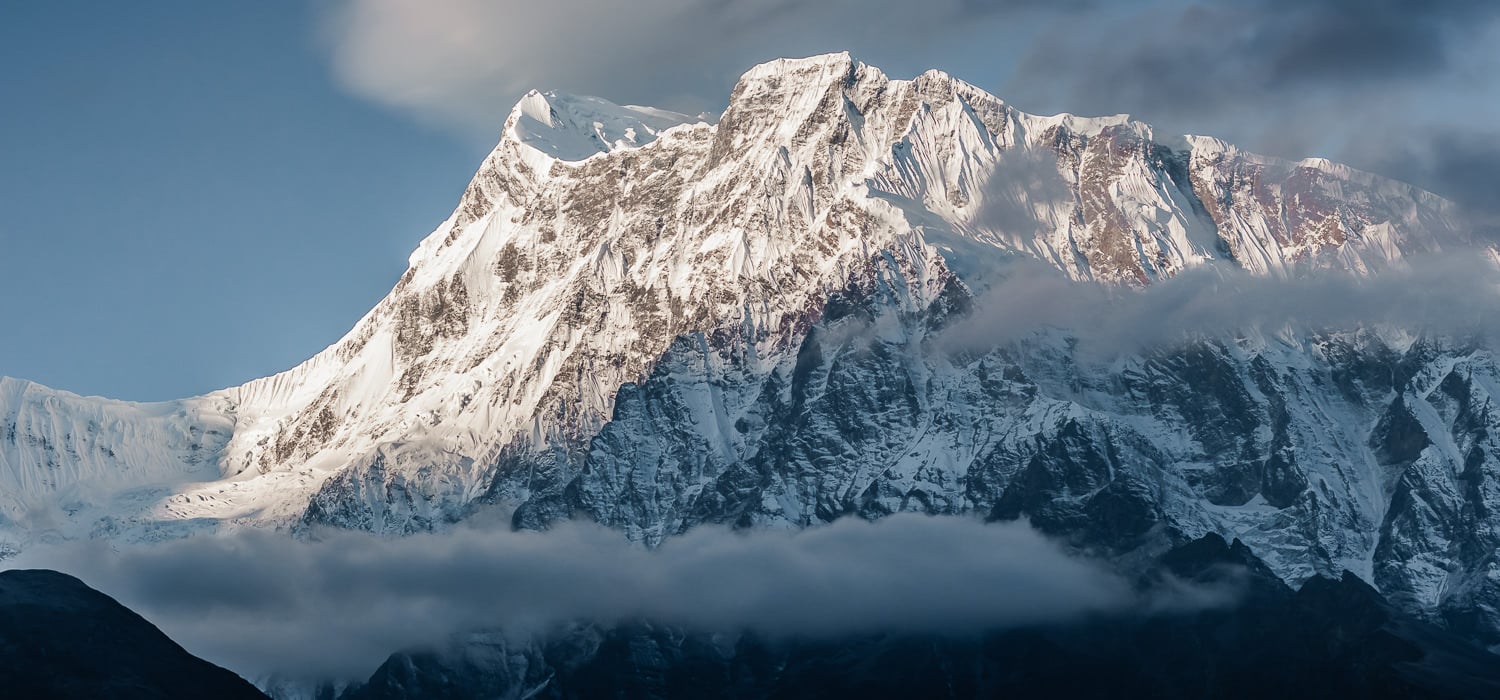
2. K2 (Pakistan/China) –
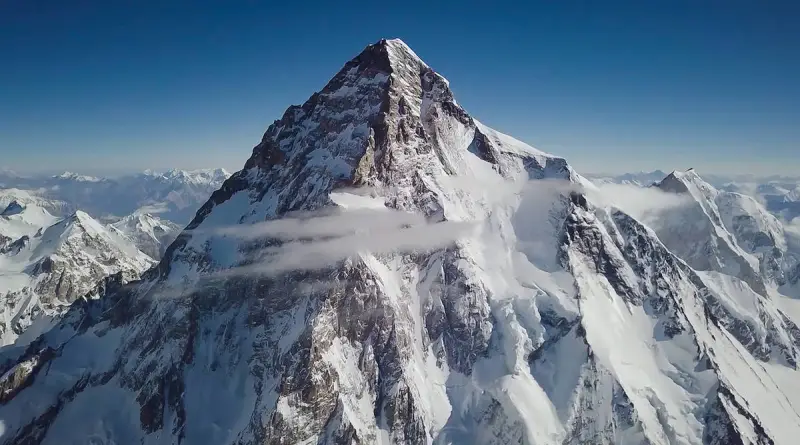 The “Savage Mountain” is the second tallest and arguably one of the toughest to climb due to its extreme technical difficulties and harsh weather conditions. Climbers face severe storms, high winds, and a death zone where human life can only be sustained for a short time, contributing to its high death toll.
The “Savage Mountain” is the second tallest and arguably one of the toughest to climb due to its extreme technical difficulties and harsh weather conditions. Climbers face severe storms, high winds, and a death zone where human life can only be sustained for a short time, contributing to its high death toll.
With a fatality rate of around 23%, K2’s treacherous conditions make it one of the most dangerous mountains to climb. Known for its unpredictable weather and frequent rockfalls, the death zone near its summit is where many lives have been lost. Climbers have to navigate steep ice faces and exposed ridges, making it a test of endurance, skill, and nerve. It’s no surprise that many climbers consider K2 to be more difficult to summit than Everest. Below is a list of some of the climbers that died at K2.
3. Nanga Parbat (Pakistan) –
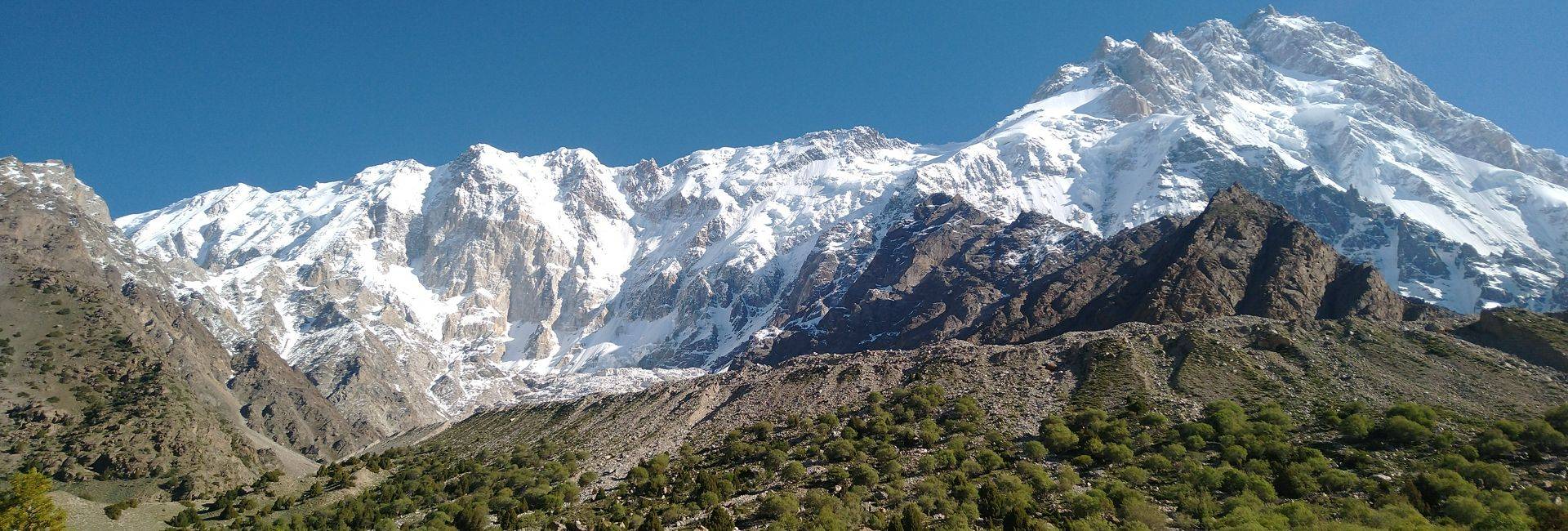
Nanga Parbat, ominously nicknamed the “Killer Mountain,” has a fatality rate of approximately 21%. Its rugged terrain and steep rock faces are some of the most dangerous aspects of this climb. The infamous Diamir Face is known to challenge even the most seasoned mountaineers. Add to that the unstable weather, and you have a recipe for disaster. Frequent avalanches only heighten the risks faced by those brave enough to attempt this dangerous mountain.
- Albert Mummery, the father of modern mountaineering Died on Nanga Parbat in 1895
- Markus Kronthaler, the highest altitude body rescue in history
- José Antonio Delgado, star Venezuelan climber’s body found and buried in Pakistan
4. Dhaulagiri (Nepal) –
Standing tall, Dhaulagiri’s steep icefalls and complex glacier systems demand not just physical strength but also advanced climbing skills. Its isolation and the propensity for sudden, severe weather changes make it a relentless adversary for climbers with a fatality rate standing at around 16%. Known for its fierce weather patterns, including sudden and violent storms, Dhaulagiri demands exceptional climbing skills. The mountain’s steep icefalls and challenging technical sections test even the most experienced climbers. It requires not just physical strength but mental endurance to push through its dangerous slopes.
- Ginette Harrison, the first woman to conquer the world’s third highest mountain, was swept to her death while attempting to scale Nepal’s treacherous Dhaulagiri I, the seventh highest peak.
- Ueli Steck ; The decision that cost, one of the best mountaineer’s life on Everest
5. Kangchenjunga (Nepal/India) –
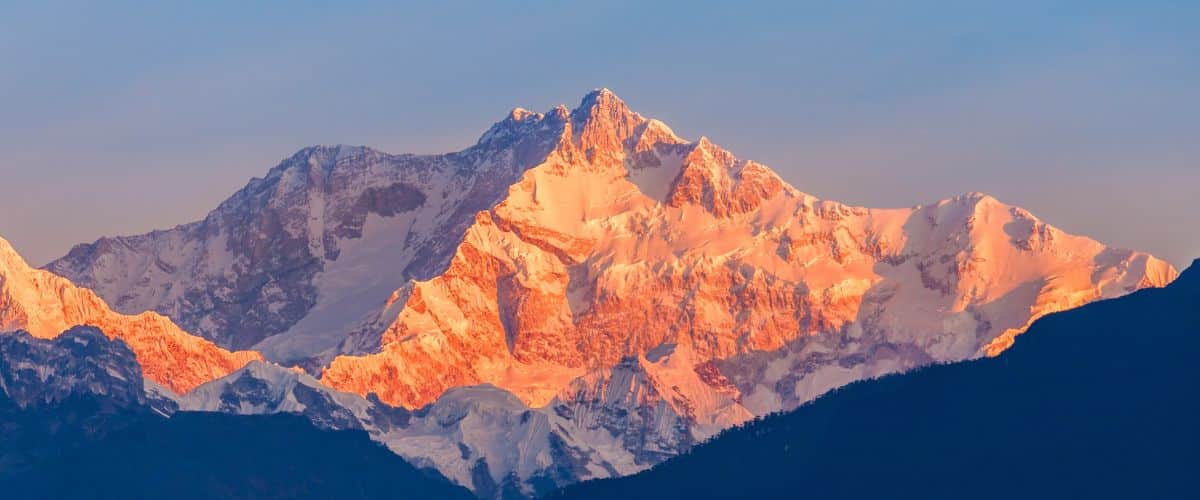
Its fatality rate of about 15% is attributed to the mountain’s isolation and extreme weather conditions. Avalanche-prone slopes and dangerous crevasses make it a treacherous climb. The mountain has seen many experienced climbers falter, proving that it is as deadly as it is beautiful.
6. Makalu (Nepal) –
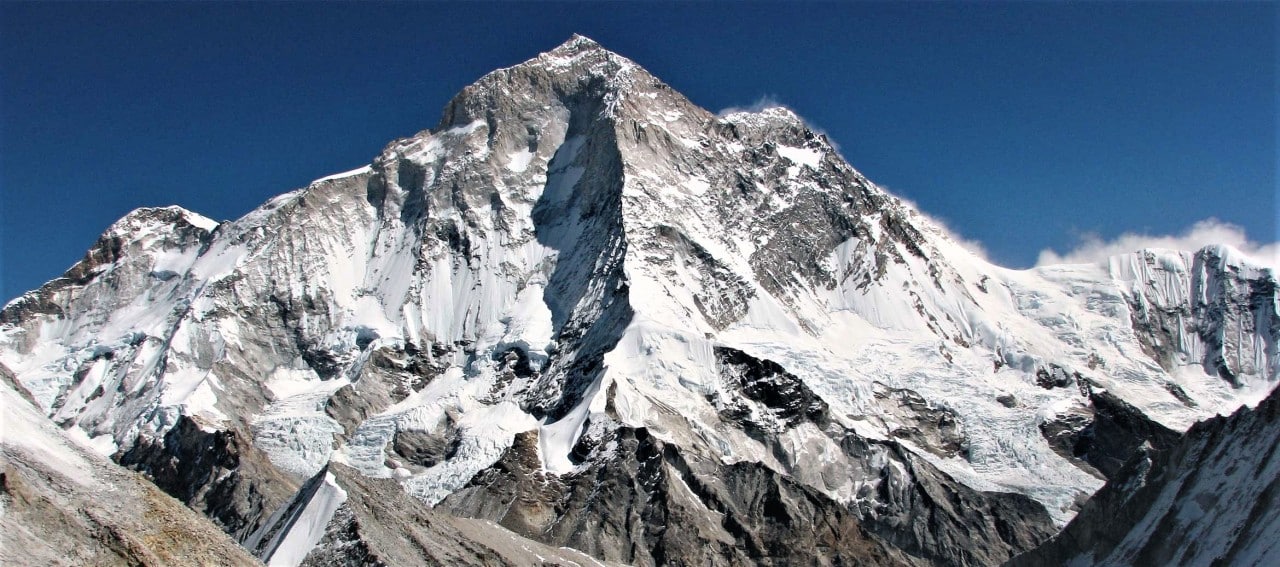
Lhakpa Sherpa, the first Nepali woman to successfully climb and survive Everest.
7. Gasherbrum I (Pakistan) –
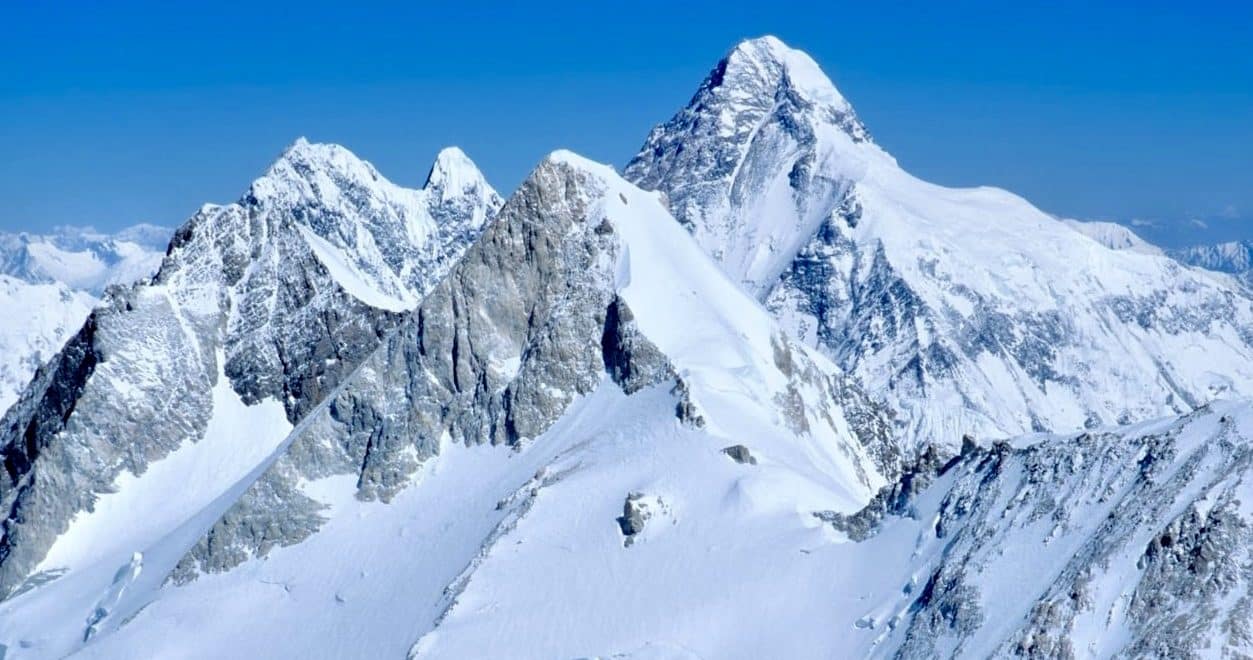
8. Gasherbrum II (Pakistan/China) –
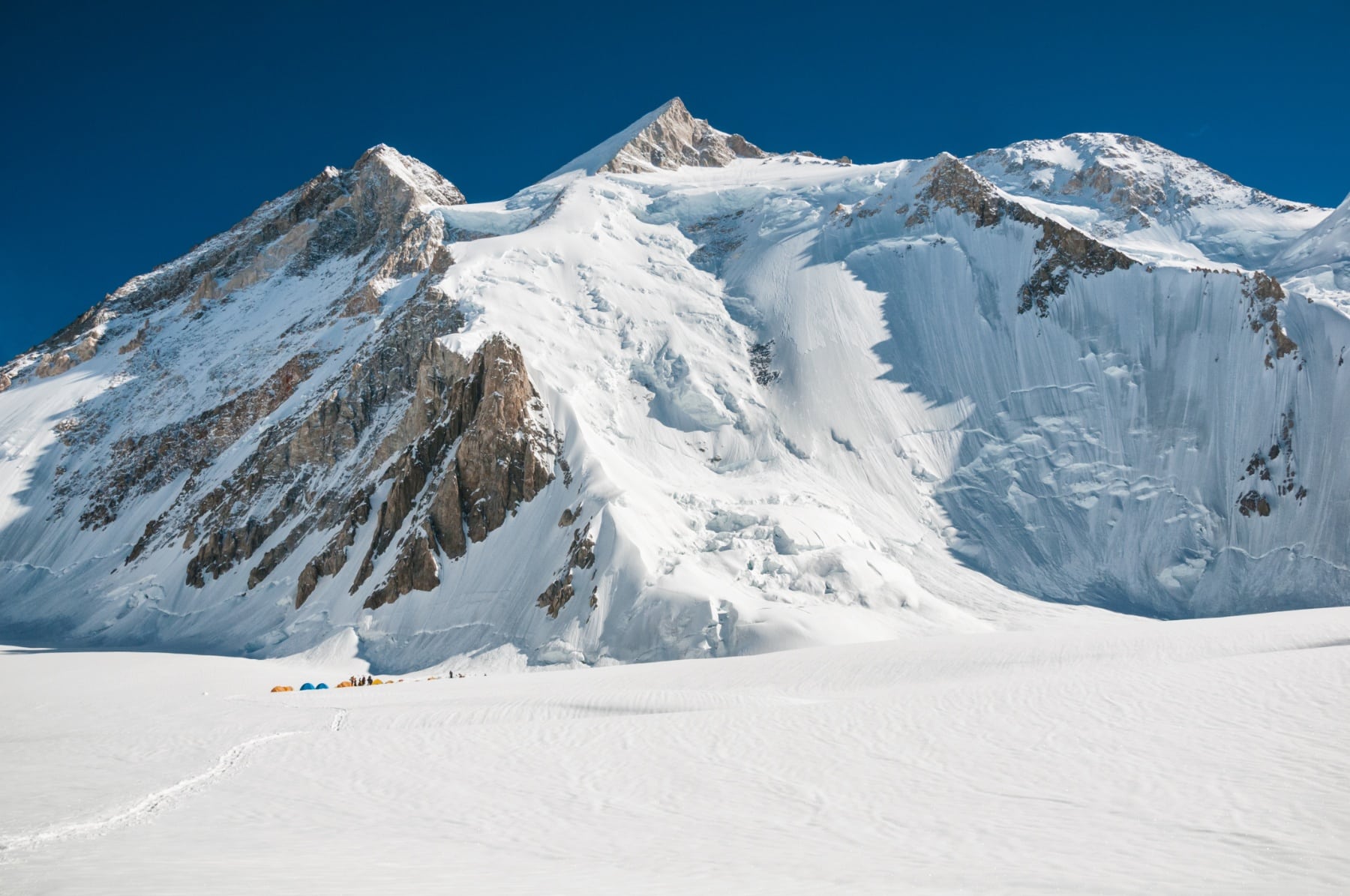
Ang Dorjee Sherpa climbs Everest for 23rd time
9. Denali (USA) –
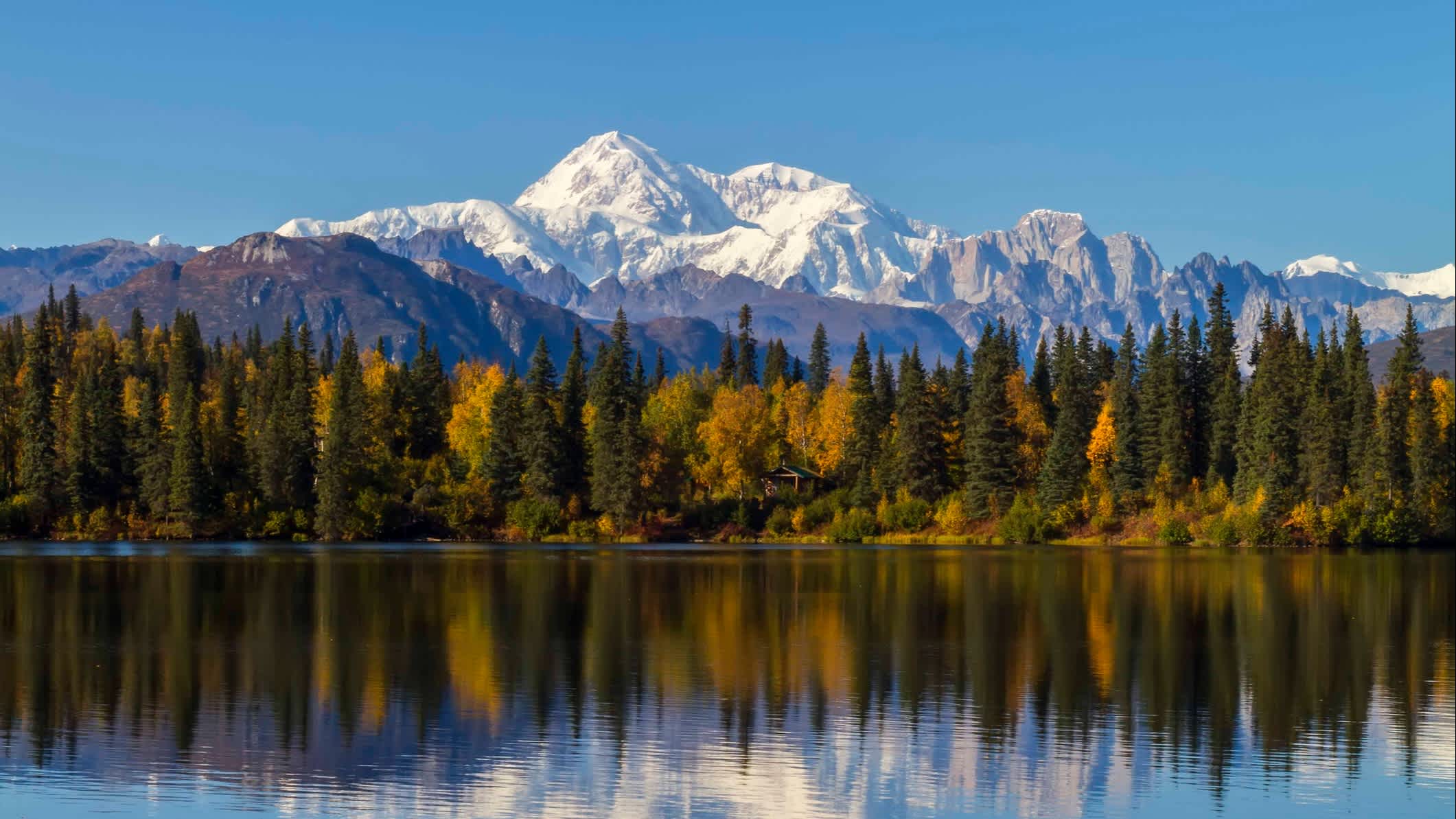
Denali (Mount McKinley) the highest mountain in USA and North America the ultimate trekking guide.
10. Annapurna II (Nepal) –
While less famous than its namesake, this peak poses significant technical challenges, less traffic (which means less established routes), and the same unpredictable weather patterns as Annapurna I. Though not as tall as its sibling Annapurna I, Annapurna II shares many of the same challenges. With a fatality rate of around 9%, the technical climbing sections, unpredictable weather, and high-altitude conditions make Annapurna II a difficult and dangerous climb. The risks are further compounded by the lack of established routes, which forces climbers to find their own way through the mountain’s rugged terrain.
- Lincoln Hall, climber who survived the Death Zone of Mt Everest after he was left for dead overnight.
- Sandy Hill Pittman, Everest’s Socialite Climber that survived the 1996 Everest disaster
11. Manaslu (Nepal) –
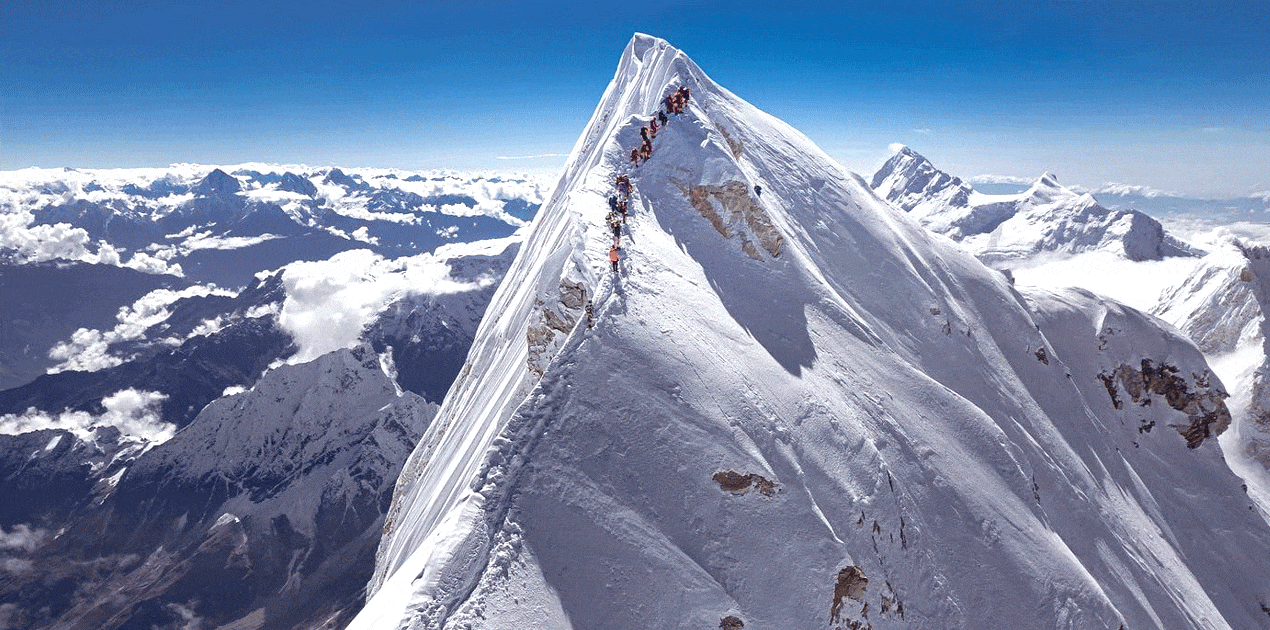
- Reinhold Messner, first human to summit Everest solo without supplemental oxygen
- Chantal Mauduit, a renowned French alpinist
12. Shishapangma (China) –
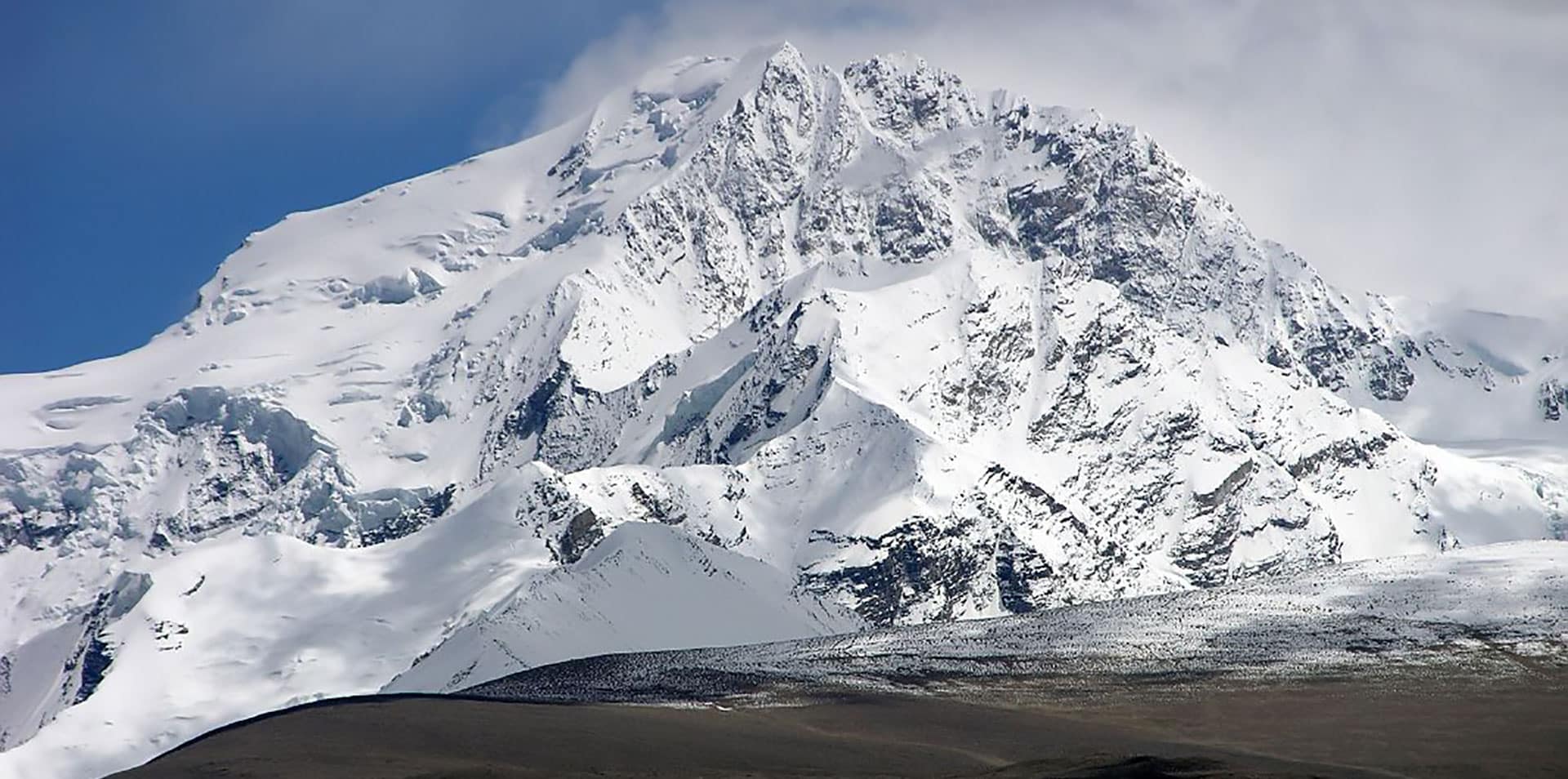
13. Broad Peak (Pakistan) –
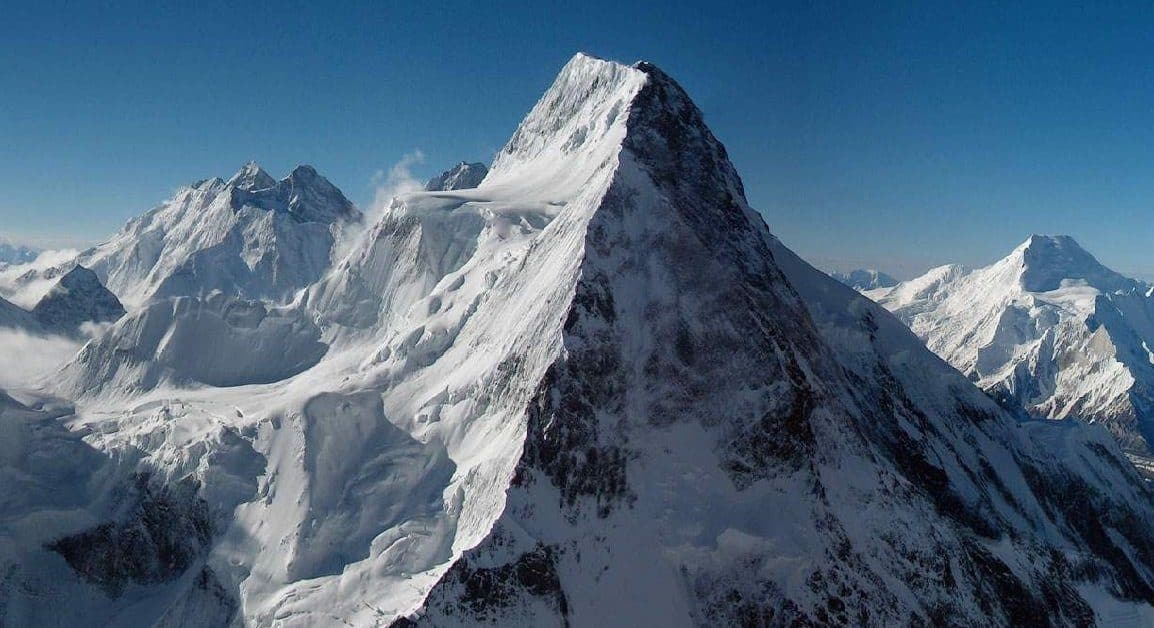
- Milan Sedlacek: Dead Mountaineer Still Connected to Belay Device on Mt. Lhotse
- Hermann Buhl, the first person to summit of Nanga Parbat, the ninth highest mountain in the world
14. Mount Huascarán (Peru) –
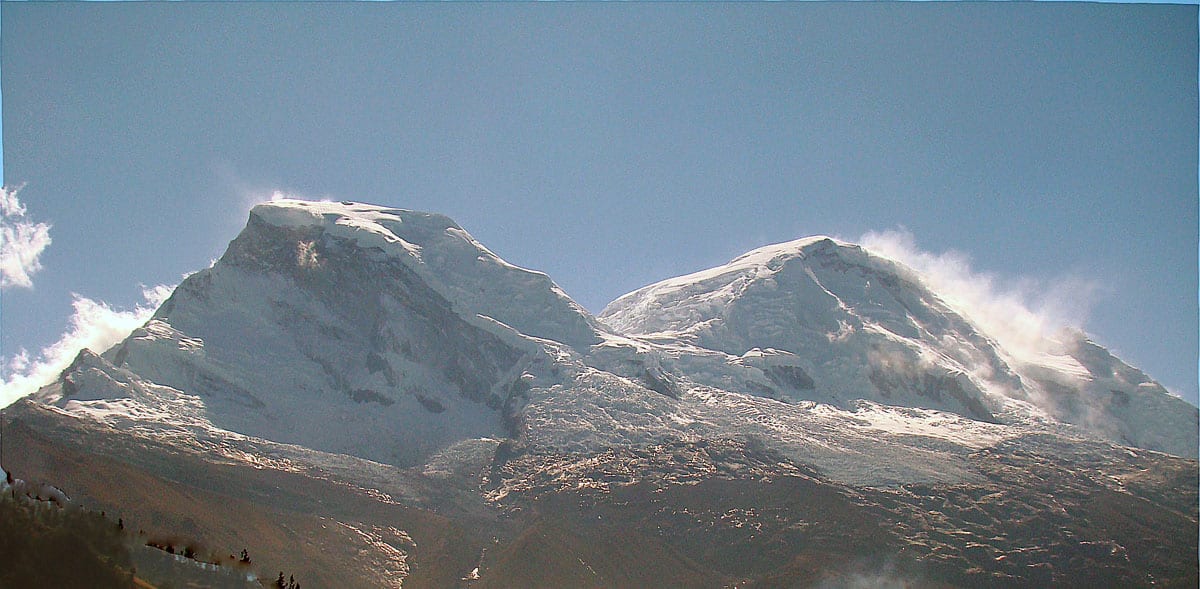
15. Everest (Nepal/China) –
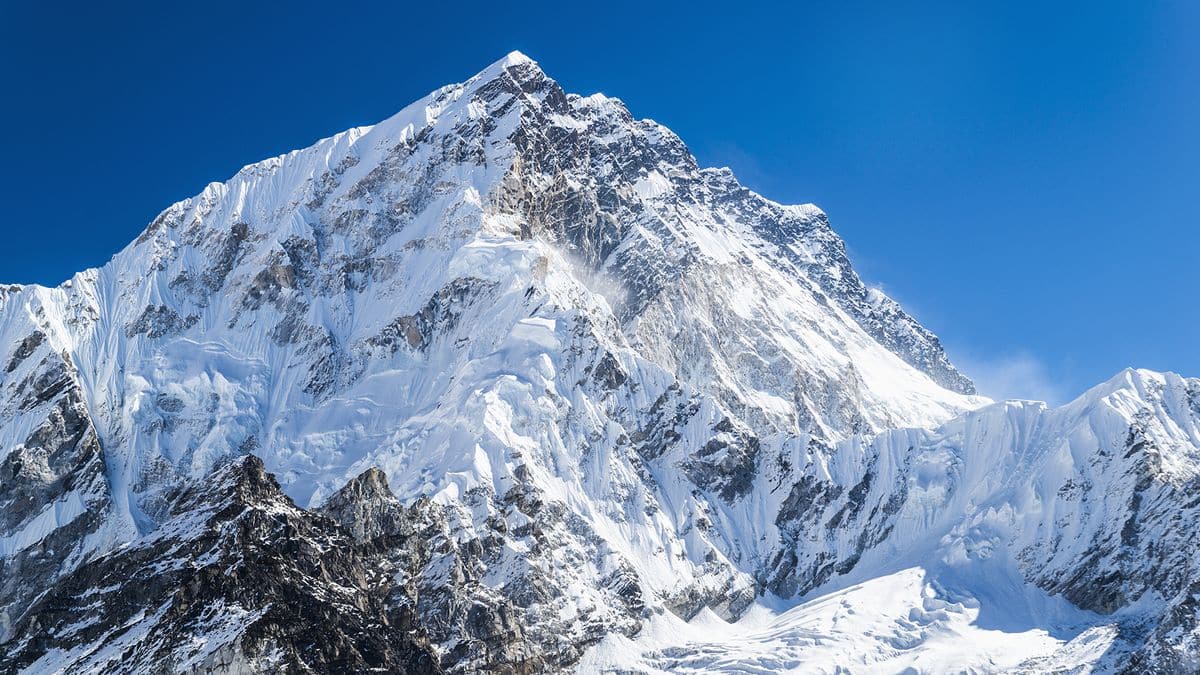
- Who is Green Boots, the famous body on Mount Everest?
- Francys Arsentiev ; The Sleeping Beauty of Mount Everest
- Andrew Irvine’s body part found on Everest. How Sandy’s foot and boot discovery would solve the 100 years mystery
- How George Mallory’s body was discovered on Everest
- How David Sharp met his controversial death on Mount Everest in 2006
- Rob Hall, the Legendary Founder of Adventure Consultants and the 1996 Everest Tragedy
- How Scott Fischer, co-founder of Mountain Madness, perished while rescuing climbers on Everest
How dangerous is Kilimanjaro compared to these other mountains?
Unlike these deadly peaks, Mount Kilimanjaro in Tanzania does not require technical climbing skills. Its primary threat to climbers is altitude sickness rather than falls, avalanches, or extreme weather conditions. Kilimanjaro’s summit can be reached via hiking, making it accessible to those without mountaineering experience, although its high altitude still poses significant health risks. It doesn’t require technical climbing skills, and there are no cliffs or crevasses to navigate. However, altitude sickness remains a concern, and fatalities do occur. The mortality rate is much lower at about 0.0136%, primarily due to acute mountain sickness (AMS). Read more about Kilimanjaro’s reported deaths and mortality rate here.
![]()


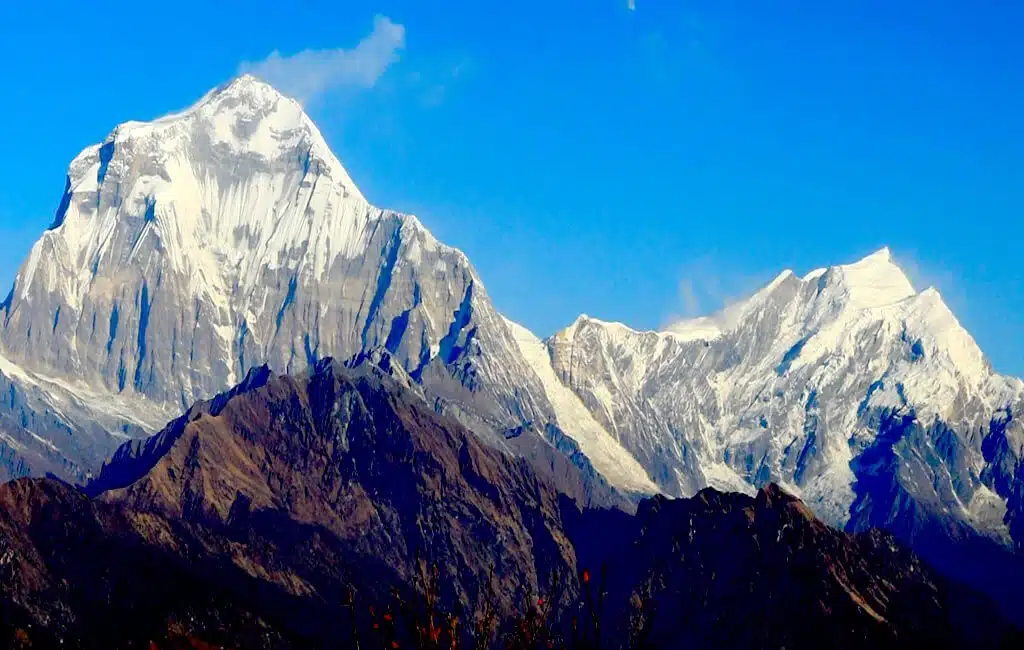
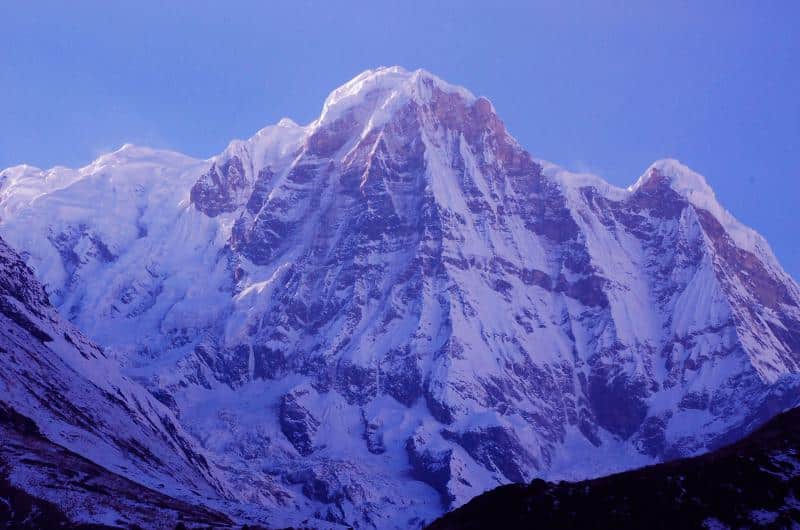
Comments